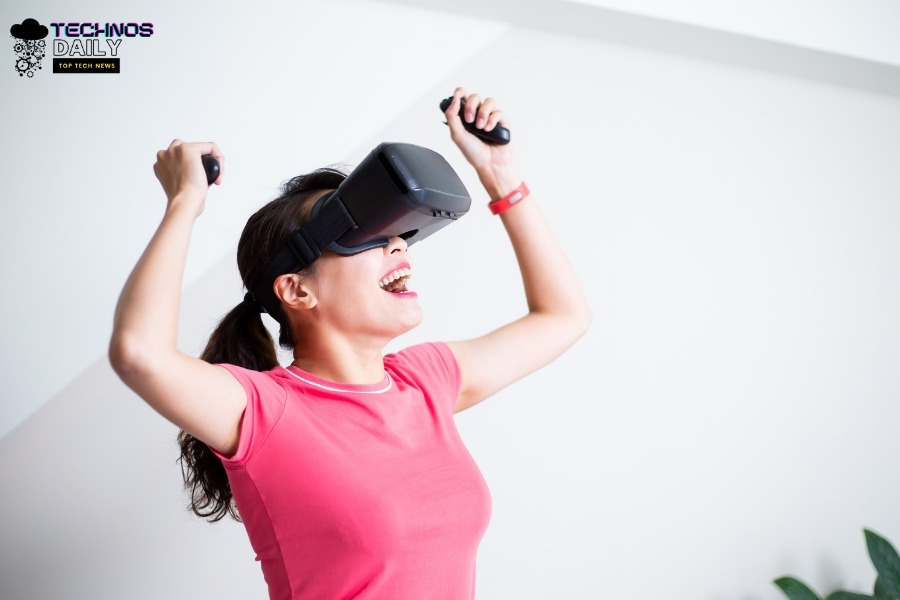Virtual reality (VR) allows us to immerse ourselves in alternative realities, which still sounds like unattainable tech, despite being around for some time now. There are several VR manufacturers out there and tons of games, but there are still people struggling to grasp the concept of VR. Therefore, we’ve gathered together the VR basics to let you get your head around it all.
Controllers
The VR headset lets you see the virtual world, but you still need a navigation method, which is why controllers typically come with VR Gaming Sets. There are several different types of controllers, and it will depend on the platform you’re using. For example, the PSVR utilizes multi-input systems, with the best choice being a set of official PS Move controllers. However, some games don’t call for these controllers, in which case the classic PlayStation controllers are used. Alternatively, the Valve Index uses strap-on controllers that detect finger movements and motions and are quite unlike any other controllers.
Movement in VR
Moving in a virtual world can induce motion sickness, which is why traversing styles can mitigate the impact. Here are the two most common types of movement:
- Smooth locomotion. This works in the same way as traditional video games – you press a location on control and your character moves.
- Teleporting. To combat motion sickness, many games use teleporting, which involves pointing at a space and clicking to travel.
Developers are constantly working on ways to negate motion sickness, with some headsets restricting the field of view to cause “tunnel vision” while moving.
Tracking Methods
Tracking types come in three different varieties and are matched with the type of game you’re playing, and include:
- Seating and Standing. These tracking volumes are similar and require the player to stay in a fixed position. You will find games that are versatile to all tracking types, and those that are locked to one.
- Roomscale. These games call for a playing boundary and you will need to physically move around – headsets can warn you when you’re too close to the physical world.
IPD
IPD is the abbreviated version of “interpupillary distance”, which means the distance between a person’s pupils. IPD is an essential part of VR because if the lenses don’t align properly, there is an increased chance of headaches. The majority of headsets are designed for an average IPD, which is great for most people. However, if you have an irregular IPD, you can get a VR headset that allows you to adjust the IPD for a smoother experience.
Motion Sickness
VR gaming can cause motion sickness, especially when the in-game movements don’t agree with your stationary position. Unfortunately, it’s a pitfall of the technology and is often unavoidable, but some people do build up a tolerance after many hours of game time. If you’re concerned with motion sickness and VR, you can read this article.
Virtual reality takes us to alternate realities through a headset. The concept is relatively simple, but there are some learning points before diving in; use this guide to help you out.





































